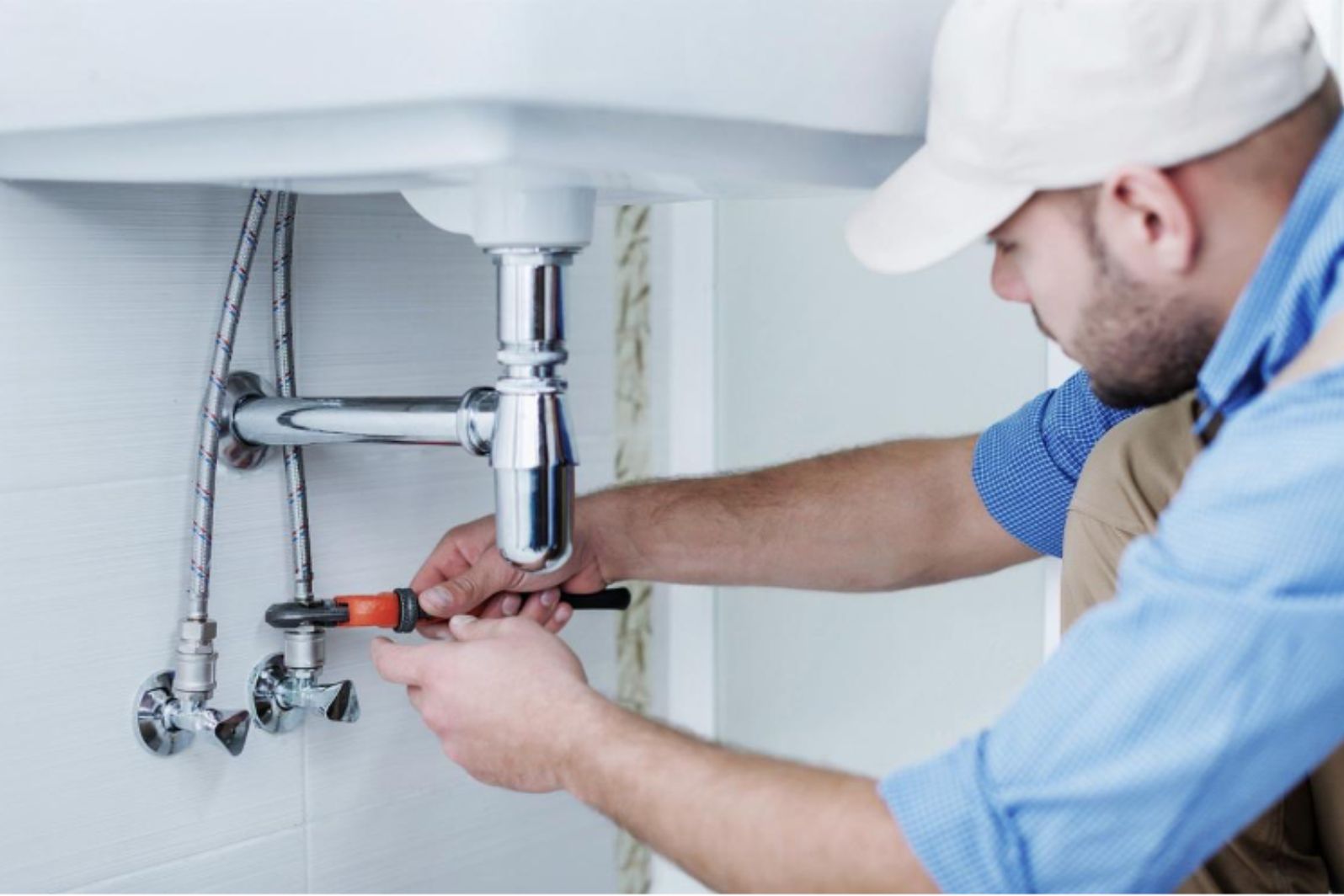Clogged drains are common household woes that can cause significant inconvenience. No matter how clean you are, how clean your kids are, or how often you clean your drains, they will clog up.
When they do, you have the choice of trying to fix it yourself or calling a plumber. If you’re not a seasoned pro, you may choose to call a plumber.
If you need a few plumbing basics, we’ve got you covered in this article. Keep reading to learn how to deal with a clogged drain.
Slow Drainage
Slow drainage is a common plumbing issue. This can be caused by a clogged drain. When water takes longer than usual to empty from a sink or bathtub, it is a sign that there is a blockage in the drain.
Regular maintenance and proper disposal of waste can prevent clogged drains and ensure smooth drainage.
Gurgling Sounds
One of the most noticeable signs of a clogged drain is the gurgling sound coming from the pipes. This sound is caused by air trying to escape through the clogged area. If you hear gurgling or bubbling sounds when water drains it is a clear sign of clog.
It’s important to address clogged drains promptly to prevent further damage and costly repairs.
Foul Odors
A clogged drain can produce a foul smell. This is due to the buildup of bacteria and debris. If you notice an unpleasant odor coming from your drains, it’s likely that they are clogged.
Regularly cleaning and maintaining your drains can help prevent clogs and the unpleasant odors that come with them.
Water Backing Up
A severe clog can cause water to back up into other fixtures. For instance, a toilet backup could indicate a clog further down the line. It’s a clear indicator of a blockage in the drain.
If you notice any of these signs, it’s important to address the issue as soon as possible to prevent further damage and inconvenience.
Dealing with Clogged Drains
Dealing with clogged drains is a common and frustrating household problem. However, with a basic understanding of plumbing, handling clogs can be made much easier.
Determine the location of the clog. Once the location is identified, you can try using a plunger. Ensure a proper seal and use firm, steady pressure to create a vacuum and dislodge the obstruction.
For mild clogs, boiling water can often do the trick. Pour it down the drain slowly to melt away grease and debris.
Use chemical drain cleaners as a last resort, as they can be harsh on pipes and harmful to the environment. Follow the manufacturer’s instructions carefully.
If these methods do not work, it may be necessary to call a plumber for professional repair.
Exploring the Plumbing Basics for Drain Maintenance
Understanding the basics of plumbing can empower you to identify and resolve common issues like clogged drains. While it’s essential to know how to clear a clog, prevention is always the best approach.
By following the plumbing basics and using preventative measures such as drain covers and proper disposal of waste, you can maintain a healthy, clog-free drain system in your home. If the problem persists, don’t hesitate to call in a professional. Remember, a well-maintained plumbing system ensures the comfort and cleanliness of your living space.
For more helpful blog posts and advice on a range of topics, head to the blog now.



